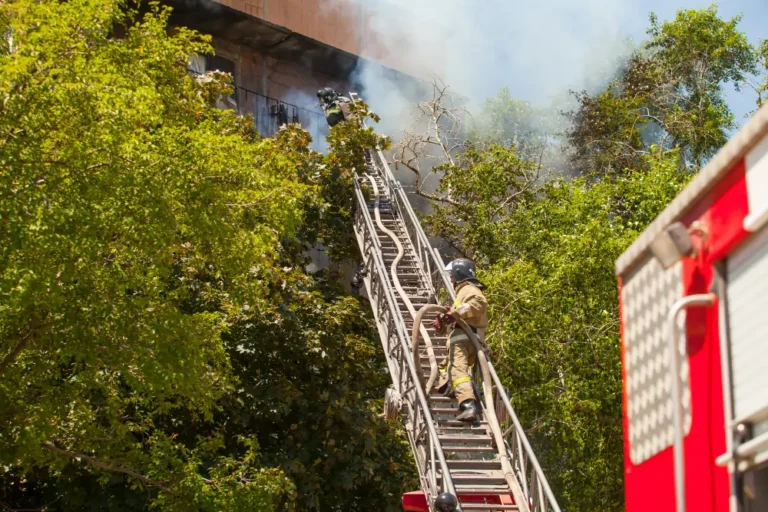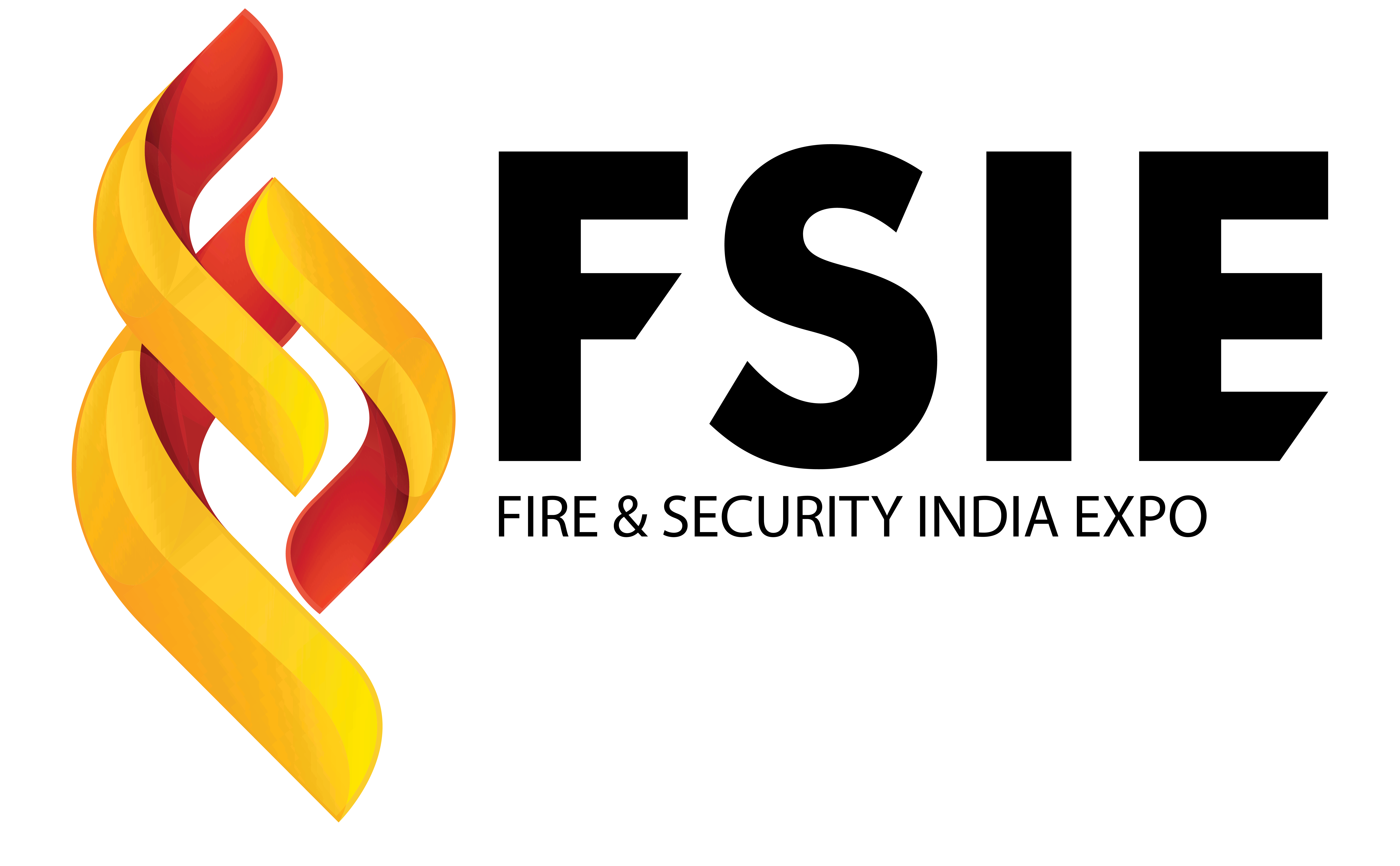Fire Safety Challenges in Green and Sustainable Buildings
As India moves toward greener, smarter, and more sustainable infrastructure, one challenge continues to demand attention — fire safety. While eco-friendly buildings aim to reduce carbon footprints, they also introduce new materials, technologies, and designs that may alter traditional fire dynamics. Ensuring safety in such spaces requires balancing sustainability with robust fire protection systems that can perform effectively under changing conditions.
In this blog, we’ll explore the unique fire safety challenges in green and sustainable buildings, the modern systems that can help address them, and how India can ensure that our green future remains safe from fire hazards.
Understanding the New Era of Green Construction
Green buildings are designed to be energy-efficient, resource-friendly, and environmentally responsible throughout their lifecycle — from construction to demolition. These structures often use lightweight composite materials, natural insulation, and renewable energy systems like solar panels and battery storage.
However, some of these eco-friendly innovations can alter fire behavior. For example, while certain sustainable materials are less toxic, they might be more combustible. Similarly, tightly sealed energy-efficient designs can make it harder for heat and smoke to disperse in case of a fire. That’s why integrating fire detection systems, passive fire protection, and modern suppression technologies is more critical than ever.
1. Combustible Green Materials
Sustainable buildings frequently incorporate materials like timber composites, recycled plastics, or plant-based insulation. While these reduce environmental impact, they may not always have the same fire resistance as traditional materials like steel or concrete.
To mitigate this, architects and developers should ensure compliance with fire rated doors, non-combustible wall panels, and passive fire protection systems that can contain the spread of flames.
2. Complex Building Designs
Modern green buildings often feature open atriums, vertical gardens, and interconnected spaces for natural light and ventilation. Although aesthetically pleasing and energy-efficient, these open layouts can make fire containment and evacuation more difficult.
Automatic sprinkler systems and water mist systems should be strategically placed to ensure rapid suppression in open areas. Additionally, smoke detectors and fire alarms must be positioned to detect fire early across large spaces.
3. Integration with Renewable Energy Systems
Solar panels, batteries, and electric charging stations are now common in sustainable buildings. While they reduce dependency on fossil fuels, they can introduce new fire risks due to electrical faults, overheating, or short circuits.
An advanced fire suppression system designed for electrical fires — such as water mist or gas-based suppression — is essential to handle these scenarios safely.
4. Indoor Air Tightness and Ventilation Issues
Green buildings often emphasize airtight construction to improve energy efficiency. However, limited ventilation can cause smoke and toxic gases to accumulate faster during a fire.
The solution lies in designing intelligent smoke management systems—including smoke detectors connected to automatic vents that clear the air, allowing occupants more time to escape and first responders to act faster.
5. Retrofitting Older Buildings for Sustainability
In India, many existing buildings are being retrofitted with green technologies like solar rooftops or energy-efficient materials. Unfortunately, retrofitting without upgrading the fire detection and fire suppression systems can create major safety gaps.
Any sustainability retrofit must include an evaluation of the passive fire protection systems, escape routes, and fire rated doors to ensure the structure meets the latest fire safety norms.
Also read: Easy Upgrades to Improve Fire Safety in Your Building.

The Role of Modern Fire Safety Systems
To tackle these evolving risks, sustainable buildings must adopt advanced fire safety technologies designed for both performance and environmental compatibility.
🔹 Fire Detection Systems
Early detection remains the most crucial defense against fire. Smart fire detection systems use smoke detectors, heat sensors, and AI-powered monitoring tools to identify threats in real-time. Modern systems can even communicate with building automation systems, activating sprinklers and alarms instantly.
🔹 Fire Suppression Systems
Today’s fire suppression systems go beyond traditional sprinklers. Water mist systems use fine droplets that cool flames and displace oxygen efficiently — ideal for sensitive areas like server rooms or buildings with electrical installations.
Meanwhile, automatic sprinkler systems are now designed to use less water without compromising effectiveness — aligning perfectly with green building principles.
🔹 Passive Fire Protection
While active systems fight fire directly, passive fire protection focuses on containment. It includes fire-rated walls, ceilings, doors, and sealants that prevent flames and smoke from spreading between compartments. These systems buy valuable time for evacuation and response.
Fire Rated Doors: A Critical Yet Overlooked Component
Fire rated doors are one of the most underappreciated safety elements in green buildings. Built to withstand high temperatures and contain fire within a specific zone, these doors ensure safe evacuation paths and protect property.
Choosing doors that meet Indian Standard (IS) fire ratings and are certified by local authorities is essential. Combining these with automatic closers and smoke seals enhances both safety and efficiency.
Building a Sustainable Fire Safety Strategy
Achieving a safe and sustainable building design requires collaboration between architects, fire engineers, and facility managers from the planning stage itself. Here’s a strategic approach:
- Conduct a Fire Risk Assessment early in the design process.
- Choose materials that balance sustainability with fire resistance.
- Install intelligent fire detection systems integrated with building management systems (BMS).
- Incorporate passive fire barriers and rated partitions for containment.
- Use energy-efficient fire suppression technologies like water mist systems and automatic sprinklers.
- Train staff and occupants regularly in fire response and evacuation drills.
For guidance on implementing fire safety standards in your project, visit FSIE.in — India’s leading platform for fire and security professionals.
The Indian Context: Regulations and Responsibility
In India, the National Building Code (NBC 2016) and local fire safety guidelines mandate that all green and sustainable buildings adhere to strict fire safety norms. However, compliance alone isn’t enough — regular inspections, maintenance, and audits are equally vital.
Organizations like the Fire & Security India Expo (FSIE) actively promote awareness and collaboration among industry professionals, helping bridge the gap between sustainability and safety. If you wish to learn more or connect with experts, you can reach out through the Contact Us page on the official FSIE website.
Moving Forward: Safety and Sustainability Can Coexist
The notion that sustainability and fire safety are separate goals is outdated. Modern building design must integrate both seamlessly. A truly “green” building isn’t just about saving energy — it’s about protecting lives, property, and the environment.
By combining passive fire protection, smart fire detection systems, and efficient fire suppression technologies, India can lead the way in building infrastructure that’s both eco-friendly and resilient.
As our cities grow vertically and our technologies evolve, fire safety should evolve too. The challenge lies not just in compliance, but in innovation — creating smarter systems, stronger materials, and safer futures for everyone.
Also read: What is building security and why is it important
Final Thoughts
Green buildings symbolize progress, but safety must remain the foundation. The key to overcoming fire safety challenges in sustainable architecture lies in awareness, design foresight, and advanced protection systems.
Whether you’re a builder, designer, or occupant — understanding these risks is the first step toward prevention. Let’s work together to ensure that India’s sustainable future is also a fire-safe one.
Visit https://fsie.in/ for insights, innovations, and events that are shaping the future of fire and security in India.
